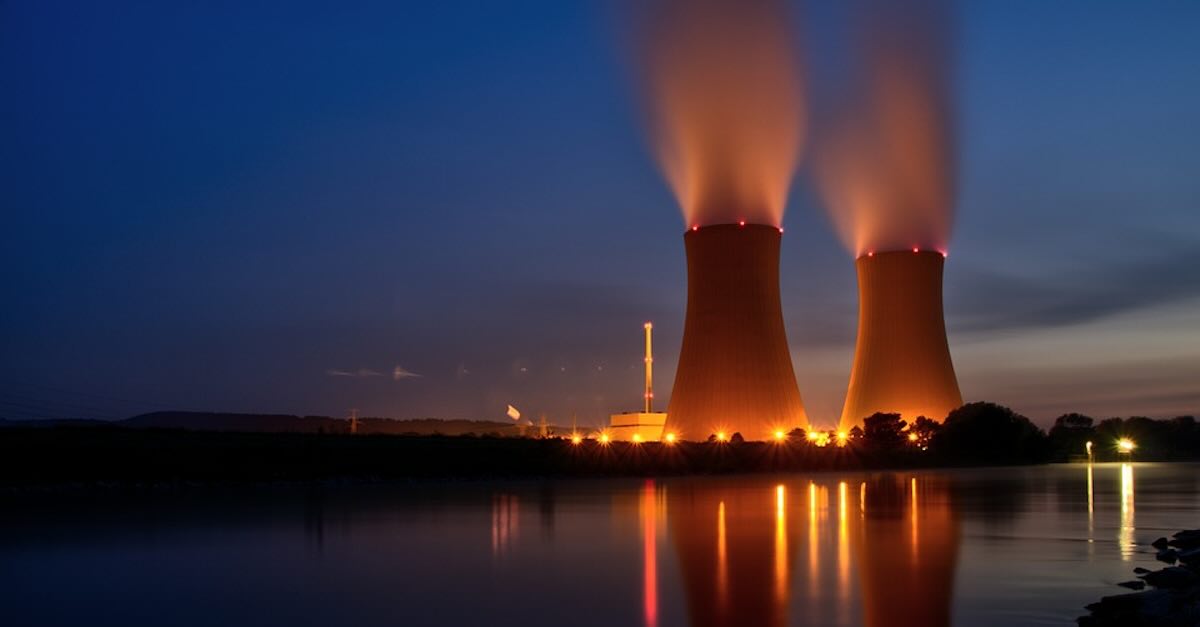Key Takeaways:
I. The projected increase in data center energy consumption necessitates a shift towards diversified carbon-free energy solutions, including renewables and nuclear.
II. Constraints on scaling data centers include power access, equipment shortages (with lead times exceeding two years), and a scarcity of skilled labor.
III. Nuclear energy faces significant hurdles in policy, ethics, and public acceptance, requiring a holistic and balanced approach.
As artificial intelligence (AI) continues to revolutionize industries, its energy consumption is projected to soar dramatically. Data centers in the United States are expected to consume over 80 GW by 2030, a significant increase from the approximately 25 GW consumed today. This represents a compound annual growth rate (CAGR) of roughly 23%, translating to an additional 400 TWh of electricity demand. Without a strategic approach to energy sourcing, the environmental impact could be catastrophic, exacerbating climate change and straining power grids. Nuclear energy, particularly through Small Modular Reactors (SMRs) and advanced technologies, emerges as a pivotal solution to meet the energy needs of the AI revolution sustainably.
Understanding the 80 GW Challenge: Energy Demands of AI and Data Centers
The 80 GW projection for US data center energy consumption by 2030 highlights the challenges of AI's escalating energy demands. This threefold increase from current levels simplifies the complex energy consumption across various AI applications. Training large language models (LLMs) like GPT-3 consumes significant energy, and generative AI applications in video production require even more energy than natural language processing.
The environmental implications are profound. Data centers powered by coal emit significantly more CO2 than those using natural gas or renewables. Meeting the 80 GW demand primarily through fossil fuels would hinder climate goals. Lifecycle assessments show coal plants consume vast amounts of water, exacerbating resource scarcity.
Improving energy efficiency is crucial. Specialized AI chips offer better performance per watt than traditional CPUs. Algorithmic optimizations, like model pruning and quantization, reduce energy consumption without sacrificing performance. Liquid cooling systems and AI-driven optimization of cooling systems can significantly lower energy use.
However, efficiency improvements alone are insufficient. A diversified energy strategy is essential, integrating renewables and nuclear power. Regions with abundant solar resources should prioritize renewables, while areas with limited renewable potential might consider nuclear power as a reliable baseload source.
Navigating the Constraints: Equipment Shortages and Labor Challenges in Data Centers
Scaling data centers faces constraints beyond power supply. Equipment shortages, particularly for transformers and cooling systems (with lead times exceeding two years), create bottlenecks. A scarcity of skilled labor further complicates scaling, underscoring the need for investment in domestic manufacturing and vocational training.
Resource efficiency and circular economy principles are vital. Closed-loop water cooling systems reduce water consumption, and modular data center designs minimize waste. E-waste recycling programs recover valuable materials from decommissioned servers.
Distributed computing architectures enhance efficiency and resilience. Edge computing reduces latency and bandwidth usage, decreasing the need for massive centralized data centers. Federated learning minimizes data transmission needs.
Overcoming constraints requires a multifaceted approach addressing equipment shortages, labor scarcity, and resource efficiency. A systems-thinking perspective and investment in innovative solutions are crucial for sustainable AI deployment.
The Nuclear Dilemma: Navigating Policy Hurdles and Public Perception
Nuclear energy, especially SMRs, offers a carbon-free baseload power source. However, deployment faces policy and regulatory hurdles, including lengthy licensing procedures and concerns about radioactive waste management. Streamlining regulations and investing in advanced recycling technologies are crucial.
Ethical implications must be considered, including the environmental justice impacts of uranium mining and long-term waste storage risks. A balanced approach requires a holistic assessment of social, environmental, and economic impacts, ensuring equitable benefit sharing and open dialogue with affected communities.
Charting a Sustainable Course: Actionable Steps for Powering the AI Revolution
Powering the AI revolution sustainably requires a systems-thinking approach. Policymakers must incentivize energy efficiency, streamline regulations, and invest in grid modernization. Industry leaders should adopt sustainable designs and circular economy principles. Public engagement and advocacy for responsible energy policies are essential for a resilient and equitable energy future.
----------
Further Reads
I. How data centers and the energy sector can sate AI’s hunger for power
II. What the data centre and AI boom could mean for the energy sector – Analysis - IEA

